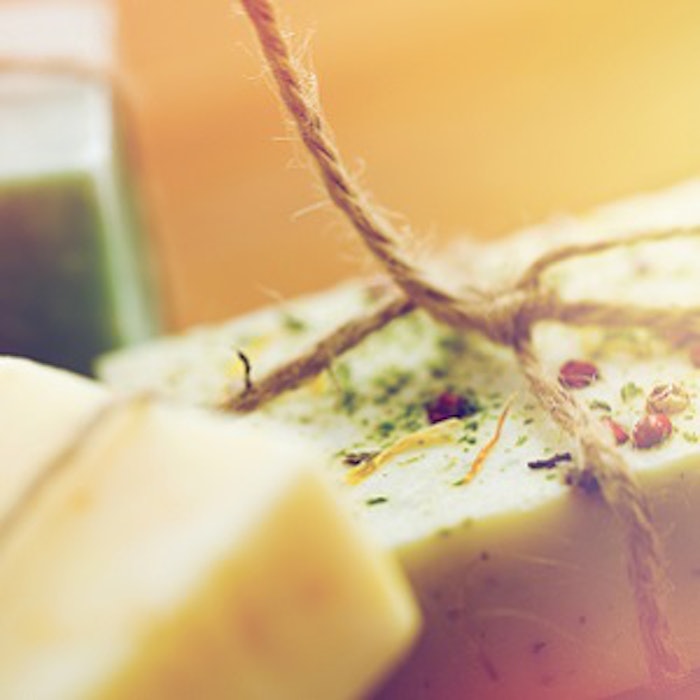
In part I of this cedarwood series (Perfumer & Flavorist, May/June 2001), we discussed various cedarwood oil types and derivatives. In part II of this cedarwood series (Perfumer & Flavorist, July /August 2002), we discussed the application of cedarwood and its derivatives in various types of fragrances. We have also given examples of the use of cedarwood in imitations of several essential oils, and of the use of cedarwood derivatives in some specialties.
This article will address soap fragrances, of which cedarwood and its derivative are a part. Cedarwood is a good fixative; it has a rounding effect on the odor of other perfume components and does not discolor in soap.
Introduction Soap perfumes of the past could be classified in the following categories:
Single flower types: This category includes carnation, chrysanthemum, lilac, muguet, gardenia, magnolia, rose, sweet pea, violet, and so forth.
Established soap fragrance types: This category includes almond, cucumber, lavender, lily-milk, palmolive, pine, reuter, sandalwood and Windsor, among others.
Fantasy bouquets: This category includes fougere, cashmere, chypre, cuir de Russie, foin coupe, peau d’Espagne, musk and tabac.










